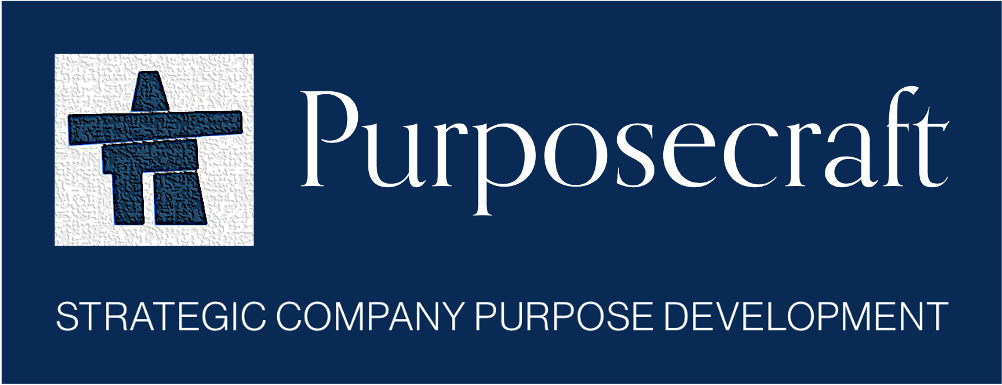Establishing purpose in a mature organisation
A few years ago, I was asked by the Chief Executive of an S&P 500 corporation to help establish the purpose of his global organisation. Whilst purpose is often seen through an external lens of brand positioning or CSR, I’ve found CEOs in mature organisations turn to purpose for more fundamental reasons: to unite a fragmented organisation following M&A, to find added value in a commoditized arena, or to overcome strategic wear-out. In my example, these were all factors.
Inherent differentiation
Using purpose as a strategic tool offers an opportunity for inherent differentiation of a firm, by defining market and product choices, culture and processes, and the customer experience. We can all relate to those brands that define their own category. Focusing employees on a sustainable point of value creation that transcends the vagaries of the industry, not only drives consistency in execution, it offers increasing relevance over time.
Challenges to getting it right
That said, there are several challenges to getting it right. Not least, identifying an authentic purpose in a mature organisation. Gaining the commitment of employees to the exercise, moving from purpose statement to a meaningfully different customer experience, and adopting the purpose as a lens for all decisions, are essential, and tricky to say the least.
5 key principles
1. CREDIBLE FOUNDATION
So much more than a motivating statement of good intent, purpose success relies on a validated distillation of the organisation’s unique culture and capabilities, as a basis for articulating a purpose that is both own-able and suitable for the strategic intentions of stakeholders. A particular challenge for a mature organisation lies in convincingly reconciling the purpose statement with the firm’s history.
2. UNIVERSAL LEADERSHIP ALIGNMENT
Inconsistency in the support or clarity of senior leaders is a common pitfall. Ownership on the part of the chief executive is paramount. Universal leadership alignment across functions and business areas, advocating both the purpose articulation and its deployment, is essential.
3. COHERENT MODEL OF CHANGE
Some leaders feel that inspiring the organisation is the end in its own right. Others seek to connect a new internal focus to a stronger market position. A clear model of change will define the desired outcome, preferably in quantifiable terms, and identify critical enablers required within the business, go-to-market and brand strategies.
4. ORGANISATION INTEGRATION
Employees will not engage with a purpose that does not affect their work. The full-blooded involvement of employees in founding the purpose is elementary to its integration, without which the purpose will be treated as a side show or marketing campaign. The employee value proposition, internal nomenclatures, policies and processes, must all be aligned.
5. MEASUREMENT
What gets measured, gets done. A framework for measuring the inputs and outcomes of the initiative must relate directly to the agreed model of change, making each element transparent and manageable. I’ve found that when used well, measurement supports learning and best practice development focused on the holistic, long-term, strategic value of the organisation.
Purposecraft provides advice, consulting and training in strategic company purpose development.
